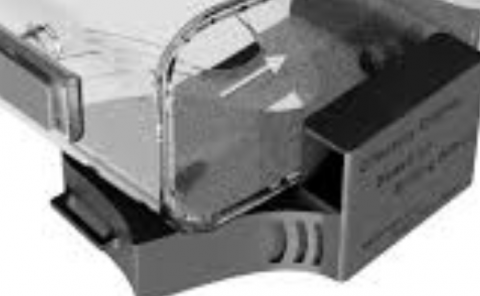The Effect of Spatial Ability on Immersive 3D Drawing
PubDate: June 2019
Teams: Simon Fraser University
Writers: Mayra Donaji Barrera Machuca;Wolfgang Stuerzlinger;Paul Asente
PDF: The Effect of Spatial Ability on Immersive 3D Drawing

Abstract
Virtual Reality (VR) headsets have made immersive 3D drawing available to the general public. However, compared to 2D drawing, the presence of an additional dimension makes sketching in VR challenging, since creating precise strokes that are positioned as intended in all three dimensions imposes higher demands on the users’ perception, motor and spatial skills. Another challenge users face is creating accurate shapes in which strokes are positioned correctly relative to previous ones, as they may need to use different views to plan their next hand movement. In this paper, we analyze the behaviours of users with different spatial abilities while drawing in VR. Our results indicate that there are different types of behaviours that affect different aspects of the sketches. We also found that the user’s spatial ability affects the shape of the drawing, but not the line precision. Finally, we give recommendations for designing 3D drawing interfaces.

